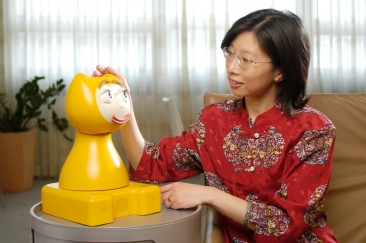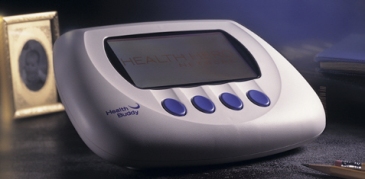Ingunn Moser and Jeanette Pols – University of Oslo/University of Amsterdam:
Download power point presentation> Telecare_IMJP
Notes written by students of Theo Vurdubakis -Department of Organisation, Work and Technology, Lancaster University:
Ingunn’s presentation focused upon the growing recognition of the need for a deeper understanding of care technologies and the complexities of material, social, cultural, emotional and aesthetic relations involved in these. The aim of the presentation was to examine and discuss how certain and specific new technologies of care were constructed/designed and how this affected and is affecting relations of care and what it means to be cared for in contemporary times.
The first example of a ‘care technology’ that was introduced was the ‘HealthBuddy.’ Designed by IDEO in 1999. This was outlined as a ‘typical’ technological care system to which those being cared for can be seen to become socially and emotionally attached. This system is designed to monitor and educate those being cared for by asking them a series of questions each day relating to their symptoms, behaviour and knowledge. For example, ‘Did you weigh yourself today?’
Filed under: workshop 2 | Tagged: care, cats, code, conduct, dogs, patients, robots | Leave a comment »









